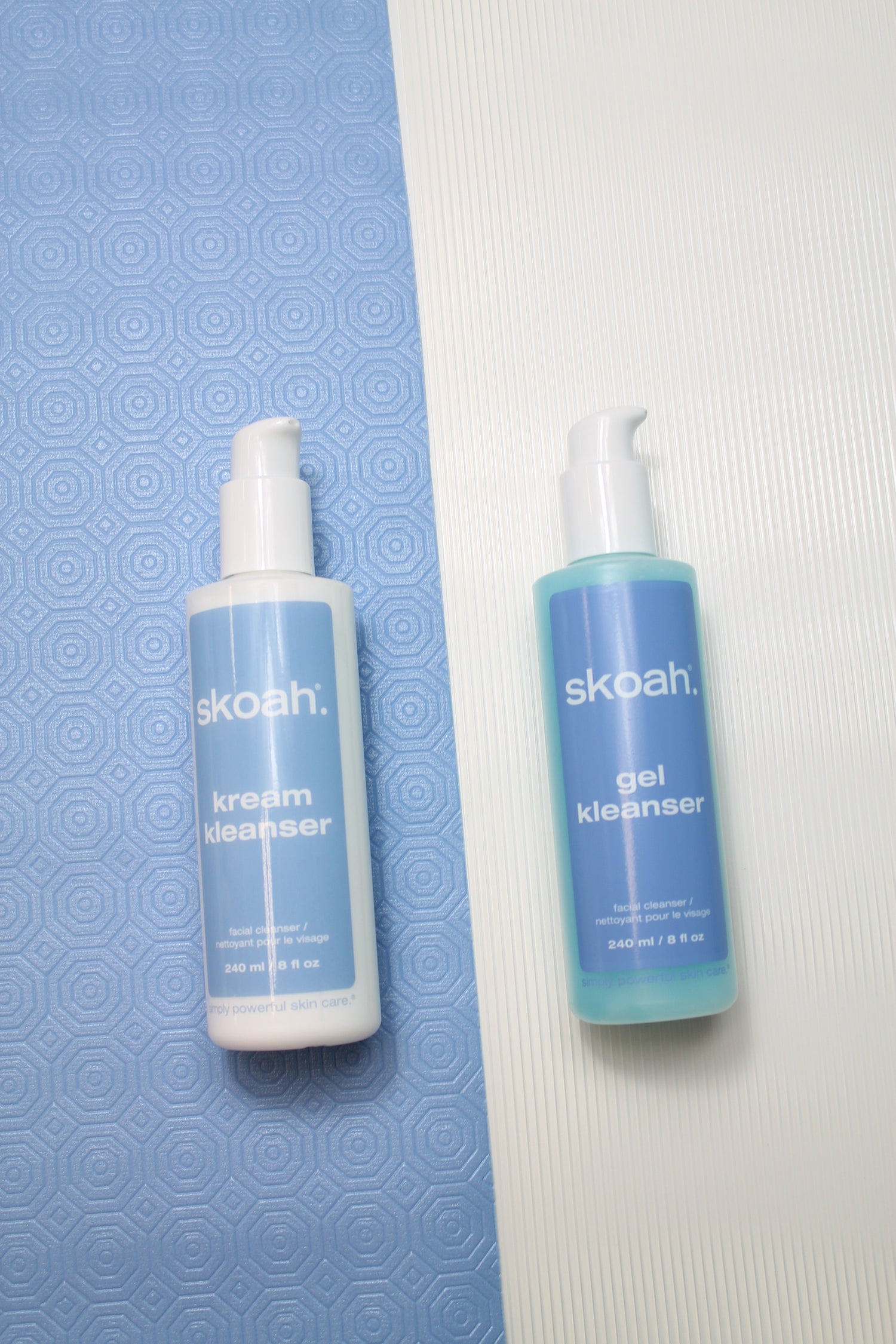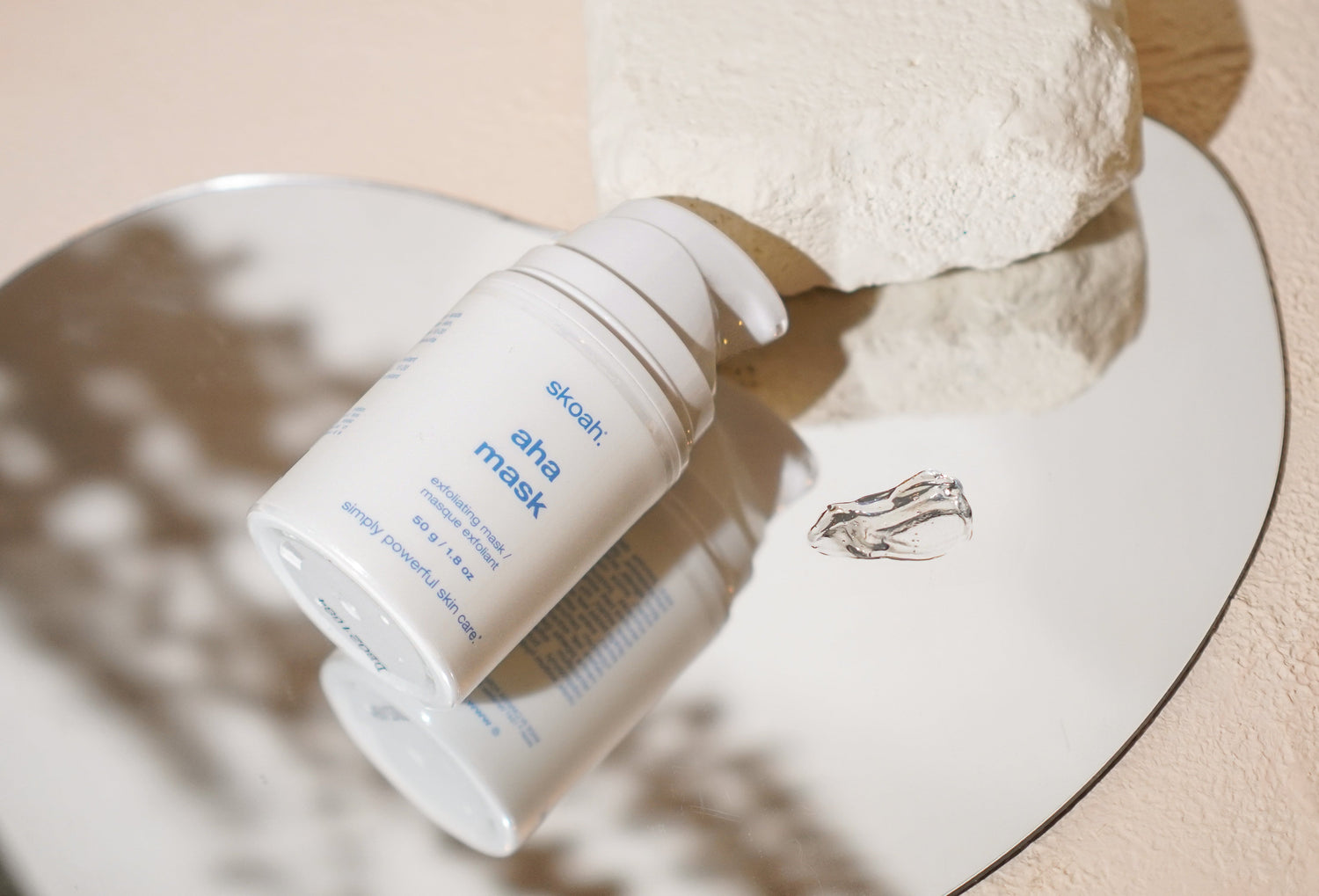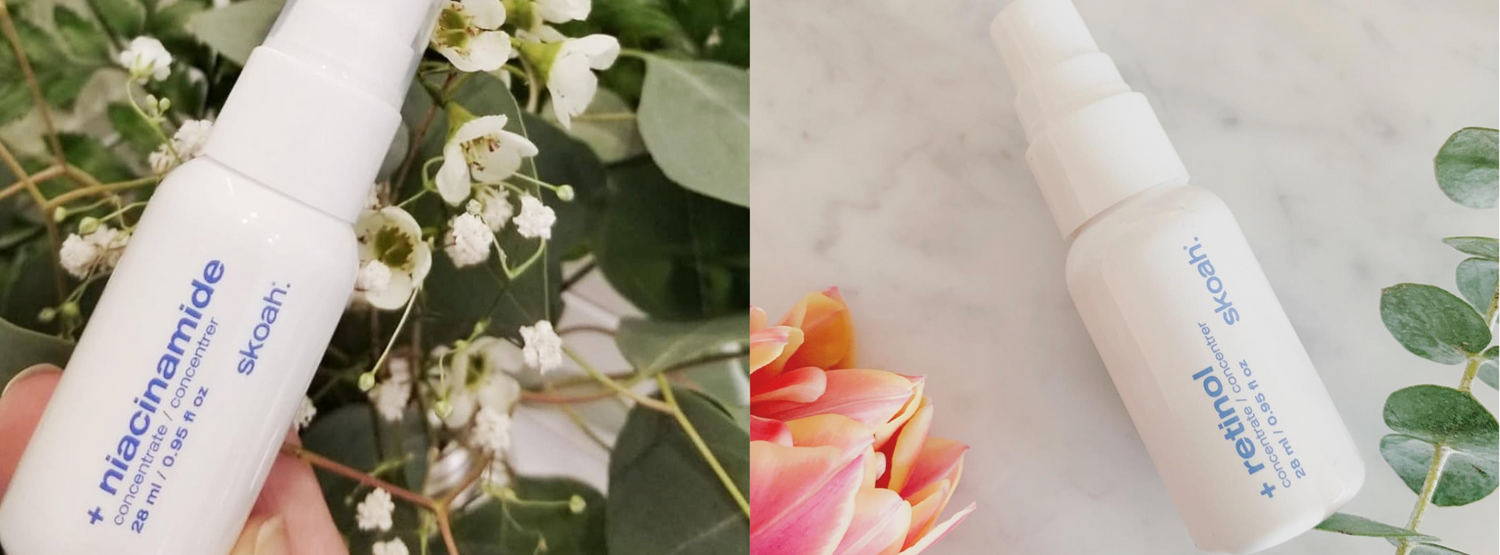Achieving radiant, glass skin requires more than just slathering on a moisturizer. The secret? Understanding the difference between hydration and moisturization and how each plays a crucial role in your skincare routine. Whether you’re dealing with dry, flaky skin or a dull, dehydrated complexion, knowing how to properly hydrate and moisturize will help you unlock that dewy, plump glow you’ve been craving.
hydration vs. moisturization: what’s the difference?
Many people use the terms hydration and moisturization interchangeably, but they are not the same. Your skin needs both for optimal health, but each serves a different function:
-
hydration: focuses on increasing the skin’s water content, keeping it plump, smooth, and glowing.
-
moisturization: helps retain moisture by sealing in hydration with oils, creams, or other occlusive agents to strengthen the skin barrier.
The key to achieving balanced, dewy skin is layering hydrating products before moisturizing products to ensure long-lasting hydration without feeling greasy.
is your skin dehydrated or dry?
At skoah, we understand that skin concerns can be confusing. One of the most common skincare mistakes is treating dry and dehydrated skin the same way. Here’s how to tell them apart:
dehydrated skin (a skin condition)
-
lacks water, not oil
-
appears dull and feels tight
-
fine lines look more pronounced
-
caused by environmental factors like weather, diet, or excessive cleansing
-
benefits from water-based hydrating serums
dry skin (a skin type)
-
lacks natural oils (lipids)
-
feels rough, flaky, and itchy
-
can be genetic and persistent year-round
-
requires rich, oil-based moisturizers
how to layer skincare for maximum hydration and moisture
If you experience both dehydration and dryness, the best skincare routine involves layering products correctly:
-
Start with hydration – Use water-based serums like skoah skin boost serum or skoah hydradew mask to replenish moisture.
-
Lock it in with moisturization – Follow with an occlusive moisturizer like skoah face kream or skoah dewlux face kream to seal hydration and prevent moisture loss.
-
Use oils last (if needed) – If your skin is extra dry, a lightweight facial oil can provide an added moisture boost without clogging pores.
common mistakes: can you overdo it?
While hydration and moisturization are essential, too much of either can lead to skin imbalances.
-
over-hydration: Applying too many hydrating serums without sealing them in can lead to moisture evaporating from the skin, making dehydration worse.
-
over-moisturization: Using excessive creams or oils can clog pores, cause breakouts, and leave skin feeling greasy rather than dewy.
best skoah products for hydration and moisturization
At skoah, we’ve formulated skincare essentials to help balance hydration and moisture for all skin types.
for hydration:
-
skoah skin boost serum – a lightweight serum packed with hyaluronic acid to deeply hydrate skin.
-
skoah hydradew mask – a gel-based mask infused with moisture-boosting ingredients to plump and refresh dehydrated skin.
for moisturization:
-
skoah face kream – a lightweight daily moisturizer to keep skin soft and balanced.
-
skoah dewlux face kream – a richer formula perfect for those with dry skin needing intense moisture.
environmental factors: does your location impact your skincare needs?
Your climate plays a significant role in how much hydration and moisturization your skin requires.
-
dry or cold climates: Opt for both hydrating serums and rich moisturizers to prevent water loss.
-
humid climates: Stick to lightweight hydrating products and gel-based moisturizers to avoid a heavy or greasy feeling.
faq: hydration vs. moisturization
1. can i just use a moisturizer without a hydrating serum?
-
It depends on your skin type! If your skin is dehydrated, a moisturizer alone won’t replenish water levels. Pairing it with a hydrating serum is best.
2. should i use a face oil if i have oily skin?
-
Yes! A lightweight face oil like skoah face oil can help balance sebum production and prevent over-drying.
3. can i hydrate my skin just by drinking water?
-
Drinking water helps overall health, but your skin needs topical hydration from serums to maintain a plump, dewy look.
4. how do i achieve glass skin?
-
Layer hydrating and moisturizing products correctly, exfoliate regularly, and protect your skin barrier with ingredients like ceramides and hyaluronic acid.
5. what’s the best skincare for dry skin?
-
Dry skin needs rich moisturizers like skoah dewlux face kream combined with hydrating serums for deep nourishment.
get the dewy skin you’ve always wanted
Now that you know the difference between hydrating and moisturizing, you can build a skincare routine that keeps your skin balanced, plump, and glowing. By layering the right products—like skoah hydradew mask and skoah face kream—you can achieve the ultimate glass skin look.
Shop skoah’s skincare collection today and start your journey to radiant, dewy skin!



